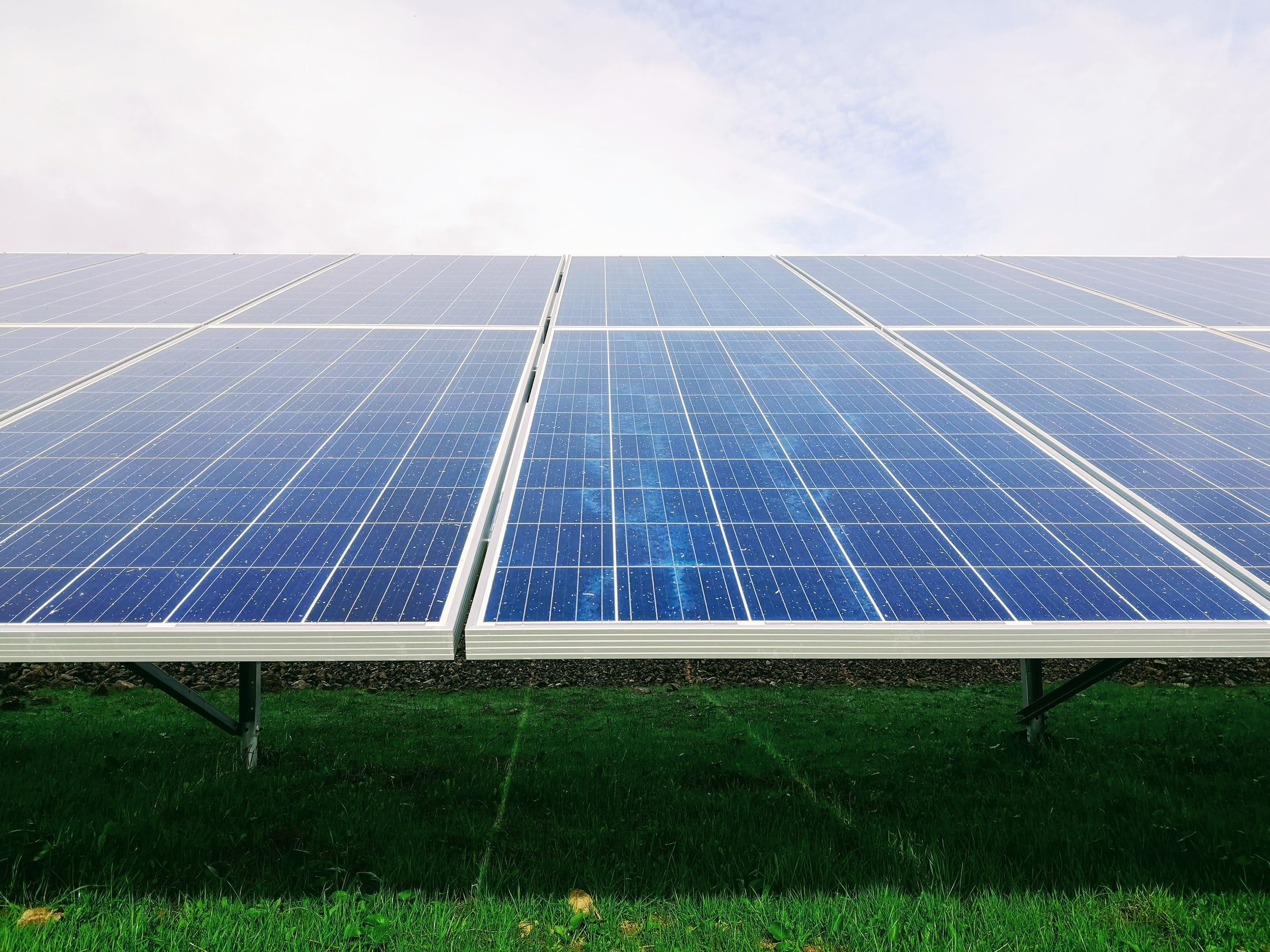Indiana is a state known for its long stretches of open road, sprawling acres of farmland, and nationally renowned engineering schools. However, it is not known for being a leader in sustainable energy generation. The state ranks 36th nationally, notably below other midwestern states like Michigan, Iowa, Illinois, and Minnesota. However, a recent study from Purdue University is collecting data in hopes of improving the state’s ranking very soon. The study, conducted in partnership with Hoosiers for Renewables and the Indiana Farm Bureau, will look into how county land usage policies and strategies impact the implementation, or lack thereof, of renewable energy projects and what factors local governments consider when creating these land-use policies. The study will be particularly valuable in planning the future of Indiana solar energy.
In the coming years, the state of Indiana will bolster its renewable energy dependence from 500 megawatts to 16 gigawatts — a thirtyfold improvement. In solar alone, the state plans to increase its capacity by 4 gigawatts by the year 2026. As it stands, the energy generated from solar energy could power over 111,000 homes in Indiana. Still, the installation of these solar projects requires developers to face an often arduous bureaucratic approval process that is frequently met with resistance.
In order to streamline the process, Indiana University’s Environmental Resilience Institute, along with the Great Plains Institute, created a model solar ordinance for the state of Indiana. The model solar ordinance was designed for use by local governments when drafting the plans for potential solar energy initiatives to simplify the process so that developers are not burdened as much by bureaucratic hurdles associated with such projects. The model ordinance gives specific information about how to adhere to Indiana state law, address the potential controversy, and makes the bureaucratic roadmap process easily navigable. It also provides information to help the communities that house these initiatives reap the most benefit both economically and environmentally from the projects, and there are many.
Economically, they stimulate job creation for both constructing and maintaining the solar installations, provide energy independence from fossil fuels, and lower the costs of energy bills for individual homes. Environmentally, the benefits are just as great, especially for a state like Indiana that receives plenty of sunshine year-round. They reduce fossil fuel emissions and toxic pollutants created through the burning of fossil fuels, and “extracting” solar resources is non-invasive, unlike many of the processes for extracting oil and natural gas.
With the combination of the model solar ordinance and the information gleaned from the Purdue land use policy study, the path to a more sustainable Indiana energy supply is becoming much simpler for the local governments and the communities involved. And the timing could not have been better. Over the past ten years, Indiana has experienced a continued rise in renewable energy dependence. In 2009, a little over one percent of the state’s energy was renewable. In 2019 the state reported 7% of its generated energy was renewable. The plans for the future seem equally promising.
The state of Indiana is a treasure trove of renewable energy resources. Indiana will continue to tap into solar in the coming years. And thanks to work from these two historically rival schools, the state of Indiana will continue to look to renewables to make their energy brighter, cleaner, and more sustainable.





